Padding Materials Are the Keystone of VR Comfort: How Foam, Gel, and Fabrics Shape Pressure, Heat, and Cervical Support
Comfort is the quiet feature that decides whether a VR session becomes an immersive marathon or a short, sore‑necked experiment. Padding materials do more than feel soft — they control how a headset sits, how pressure spreads across your face and skull, and how much torque the neck must resist. For VR enthusiasts, ergonomic designers, and accessory makers, understanding those materials is the practical route to longer, pain‑free sessions on Apple Vision Pro, Meta Quest, PlayStation VR, and the growing family of headsets. ⏱️ 13-min read
This article walks through the mechanics of padding: what different foams, gels, silicones, and fabrics actually do; how facial interfaces and crown pads shift loads; moisture and hygiene strategies for all‑day comfort; device‑specific setups; and a simple testing checklist you can use to iterate. Expect concrete fit tips, material tradeoffs, and starter configurations you can try today to reduce neck fatigue and keep the seal intact while you play.
Padding materials 101: properties that drive comfort and cervical support
When you touch a VR pad you’re feeling a mix of material properties that together control pressure distribution and neck load. Density governs how a pad resists compression — denser foams support the occipital region and hold shape over time, while low‑density foams feel cushiony but will compress into thin pancakes with heavy use. Softness (initial compliance) governs the first impression: softer surfaces spread contact quickly and reduce immediate hotspots, but if they bottom out they concentrate load on smaller areas.
Resilience — how fast a material springs back — matters for dynamic scenes and head movement. Memory foam is low‑resilience: it molds, creating a tailored contact area that many users find comfortable, but it can lag when you move your head and may retain heat. High‑density polyurethane foam rebounds faster, maintaining consistent support and better alignment as you nod and tilt. Gel inserts add localized damping and motion control: they smooth sharp pressure transitions and reduce micro‑bobbing without a big weight penalty. Silicone pads are durable, easy to clean, and provide a grippy interface, but they can trap heat if not combined with breathable layers.
Think of padding as a small structural system: the right stack unloads pressure from soft facial tissue, spreads load across the skull and crown, and prevents the neck from having to counterbalance a forward‑heavy display. For long sessions, aim for a multi‑layer approach — a soft contact layer for comfort, a firmer core to preserve alignment, and, where needed, a gel or dense insert to dampen motion. This balance keeps peak pressures down and maintains cervical posture without forcing constant readjustment.
Facial interface padding: contour, contact, and fit across faces
The facial interface is where comfort and seal integrity meet. A pad that matches a user's facial geometry reduces hotspots and keeps the headset from sliding or requiring micro‑adjustments that add up to neck strain. Key geometric parameters include pad thickness, contour profile, and edge radii: a gradual taper at the rim reduces sharp pressure at the cheek and temple, while well‑engineered nasal bridges distribute load across the sides of the nose rather than pinching the cartilage.
Open‑cell foams are preferred for the skin‑contact layer because they encourage airflow and feel less sticky during long play. Designers commonly use density gradients — a soft inner foam that conforms to the cheeks and brow, backed by a firmer layer that spreads force to a larger area. That layered approach prevents the pad from collapsing where the headset presses hardest, which otherwise forces the neck to compensate for a subtly altered center of mass.
Real faces differ: the behaviors that suit a clean‑shaven user may irritate someone with a beard, and glasses introduce both thickness and a rigid interface that must be accommodated without breaking the seal. Practical adjustments include: using pads with deeper cutouts or removable bridge inserts for glasses; selecting face plates with extra edge padding for facial hair to avoid pinching; and trying variable thickness pads to find the balance between seal and pressure. Relief channels near the cheekbones and under the eyes let the pad flex with expressions and speech, maintaining a secure seal while reducing pinching and localized pressure.
When fitting a new pad, check for three things: an even contact ring around the face, no localized blanching of skin (a sign of pressure peaks), and stability during head turns. If the headset needs constant repositioning, the pad is either too soft (bottoming out) or mis‑contoured; adjust density or try a different profile to restore comfort and preserve cervical alignment.
Head strap padding and crown support: distributing weight to reduce torque
Facial pads are only half the story. How weight is carried over the crown, forehead, and back of the head determines the torque the neck muscles must resist. A headset that concentrates mass on the face forces the neck into extension — looking up as the jaw is braced — and leads to fatigue. Effective crown and strap padding spreads that load across a wider surface and toward structurally stronger parts of the skull.
Layering approaches work well here too: a plush top layer on the crown provides comfort, while firmer side or rear pads transfer load to the occipital bone. Curved crown pads that mirror the skull reduce lateral slip; segmented pads or staggered cushions can adapt better to a range of head shapes than a single flat band. Gel inserts behind the head dampen oscillation on quick head turns and reduce micro‑strain on cervical muscles during dynamic gameplay.
Strap tension and placement are critical. Over‑tightening reduces movement but increases localized pressure, which can create hotspots and redirect force into the neck instead of distributing it. Under‑tensioning lets the headset sag, increasing forward torque. Aim for a snug but not constricting fit: the strap should keep the display aligned with your eyes and allow minor adjustments without sliding. For many users, the sweet spot is a slightly tighter crown strap paired with a softer facial pad — that shifts load off the face without locking the head in a rigid harness.
Practical guide: place the rear pad so it contacts the lower occiput (just above where a hat band would sit), use a crown pad to prevent anterior slippage, and test during motion-heavy content. If you feel oscillation or a sensation of the headset pulling forward when you nod, add a firmer pad behind the head or increase crown support to rebalance torque and protect the cervical spine.
Moisture management and fabric performance: breathable padding for all-day comfort
Sweat is an invisible comfort assassin. Moisture trapped against skin raises friction, breeds odor, and softens foam, changing its support characteristics mid‑session. Fabrics and layering choices control the microclimate between skin and pad: spacer textiles, mesh overlays, and moisture‑wicking liners pull sweat away from the skin to the outer surface where it can evaporate, keeping the contact layer drier and reducing irritation.
Perforated or open‑cell foams, combined with vent channels under the facial pad, maintain cushioning while creating airflow paths. Placing airflow channels near high‑sweat zones — the cheeks and temples — lets evaporation happen without compromising the optical seal. For crown pads, breathable spacer fabrics prevent heat build‑up while preserving cushion thickness. Anti‑microbial finishes or silver‑ion treatments reduce bacterial growth and odor over time, an important practical benefit for shared headsets or long practice sessions.
Layering matters: pair a soft, moisture‑wicking inner liner (for direct skin contact) with a firmer outer layer that protects the seal and resists compression. In practice, that might look like a thin, perforated memory foam liner under a denser polyurethane core, all wrapped in a spacer fabric cover. For heavy sweaters or long sessions, modular inserts that can be swapped mid‑session — a dry liner to change into, or a cooled gel overlay — are a real game changer.
Maintenance plays into performance: washable covers prolong pad life and keep fabrics functioning. When buying or designing padding, prioritize breathable textiles and removable covers; they cost slightly more but preserve support and hygiene, ultimately prolonging the life of foam cores and reducing changes in cervical support caused by waterlogged materials.
Device-specific padding strategies: tailoring for Vision Pro, Quest, and PSVR
Each headset has its own mass distribution, mounting interfaces, and facial geometry constraints, so padding strategies must be tailored. Apple Vision Pro, with a higher‑resolution front assembly and particular emphasis on a precise seal, benefits from a multi‑density facial stack — a soft inner layer for delicate facial contours, a firmer midlayer to spread load, and a breathable cover. The goal is an even seal that minimizes micro‑adjustments, which otherwise force the neck into repetitive compensations.
Meta Quest headsets are modular by design: replaceable face pads and adjustable straps mean users can experiment with density and thickness without modifying the headset. For Quest, prioritize a thicker facial pad with a firmer rear support to reduce forward torque, and use strap adapters or halo accessories that transfer load to the crown. These solutions are inexpensive and effective for long gaming sessions.
PlayStation VR and similar sets with ring‑style support systems rely more on harness balance. For PSVR, focus on improving the rear occipital pad and adding a thin crown wedge to reduce forward pitch. Because many PSVR users play seated, attention to stable rear support reduces neck extension during heavy looking movements and keeps the display aligned without requiring a tight face seal.
Starter setups: for Vision Pro, try a three‑layer face pad (3–5 mm soft memory foam + 8–10 mm firmer PU core + thin spacer cover) plus a slim gel rear pad to dampen motion. For Quest, go thicker on the face (10–15 mm layered foam) and adopt a halo or padded crown adapter to redirect load. For PSVR, prioritize a firm rear occipital pad and soft forehead cradle to maintain balance. These configurations balance seal, comfort, and cervical support while remaining reversible and easy to iterate.
Testing and iteration: measuring comfort and refining padding
Optimizing padding is an iterative process that blends objective measurement with subjective feedback. You don't need a lab to make meaningful improvements — a structured approach helps you separate anecdote from consistent results. Begin with simple wear tests: three 30‑minute sessions with a new pad and a standardized set of head movements — slow turns, exaggerated nods, and leaning — and record subjective scores for comfort, heat, slip, and neck strain.
More advanced DIY metrics include thin pressure‑mapping strips you can tuck under the pad to find hotspots, or a lightweight inclinometer app to monitor head tilt over a session, which shows whether the headset consistently forces the chin up or down. Torque sensors are less accessible, but you can approximate torque issues by observing how much the headstrap must be tightened to prevent forward sag; if tightening the strap dramatically increases forehead pressure, the balance is wrong.
Create a repeatable checklist for validation before long sessions:
- Visual: even contact ring, no skin blanching, no significant gaps near the nose or cheeks.
- Static fit: comfortable at rest with a single adjustment; minimal sliding when you shake your head side to side.
- Dynamic fit: during a 30‑minute movement routine, rate neck fatigue on a 1–10 scale; aim to reduce that score with each iteration.
- Thermal check: the skin under the pad should not feel clammy after 30 minutes; if it does, add breathable liners or venting.
Keep changes small and modular: swap a spacer liner, add a thin shim behind the occiput, or swap a gel insert. Track results in a simple log and iterate until you achieve a reproducible reduction in reported neck strain and pressure hotspots. Over time, these small improvements add up to significantly longer comfortable sessions.
Notable innovations and case studies: from Kickstarter concepts to proven accessories
The padding ecosystem has benefited from community experimentation. Early Kickstarter projects introduced modular, detachable cushions with cooling layers, removable covers, and standardized attachment rails. Those prototypes quickly demonstrated two truths: users value customization, and simple mechanical interfaces (clips, rails, magnets) enable cross‑device compatibility without redesigning headsets.
Commercial accessories refined those ideas. Memory foam face cushions that ship with washable covers delivered immediate comfort boosts for many users, especially those who valued a molded fit. Gel pads, often used behind the occiput or in crown inserts, won fans for motion damping — especially in fast‑paced titles — because they reduce micro‑bobbing that can cause neck fatigue.
Case studies: a small accessory maker redesigned the face pad for a popular standalone headset, switching to a 3‑layer stack (soft open‑cell contact layer, firmer PU spreader, thin spacer fabric). Users reported fewer cheek hotspots and longer sessions before fatigue. Another successful product combined a padded halo strap with modular shims allowing users to dial the display’s pitch; players who used the halo saw reductions in reported neck strain because the halo reallocated most of the forward moment to the crown and rear pads.
Pros and cons in practice: memory foam shines for contouring comfort but can retain heat and sag over time; high‑density foams resist compression and preserve cervical support but feel firmer initially; gel adds damping and stability but can increase weight and complexity. The winning approach is often hybrid: combine the contouring of memory foam where it matters, a durable core for long‑term support, and breathable covers that keep the system performing across sessions.
Care, safety, and maintenance: longevity and safe use of padding
Good padding practices extend life, hygiene, and the integrity of cervical support. Cleanliness prevents skin irritation and preserves materials: wipe fabric covers with mild, fragrance‑free soap and lukewarm water after heavy use, and launder removable covers per manufacturer instructions. Avoid soaking inner foam or exposing pads to direct heat and sunlight; heat can warp adhesives and accelerate foam breakdown. Let everything air‑dry completely before reassembling to prevent mildew and material softening.
Watch for wear signs: flattened foam, cracking, persistent odors, or seams coming loose signal it's time to replace a pad. For regular users, check padding every 3–6 months. Foam compresses with use and loses its ability to spread pressure; replacing flattening pads restores cervical support and prevents gradual increases in neck torque that lead to pain.
Safety notes: choose hypoallergenic fabrics if you have sensitive skin, and avoid harsh chemical disinfectants that can degrade foam or adhesives. If you use anti‑microbial treatments, confirm they’re textile‑safe and don’t cause skin irritation. Store headsets and padding loosely in a cool, dry place; don’t rest heavy objects on pads to avoid permanent deformation. For modular systems, keep replacement panels available so you can swap a worn piece quickly rather than continuing to rely on degraded support.
Finally, treat padding as part of a system. A perfectly clean but collapsed foam insert won't protect your neck. Schedule replacements, keep spare covers, and consider a basic maintenance kit: spare liner, fabric spray safe for textiles, and a set of thin shims to tune alignment. Small, regular care steps preserve both comfort and safety over the long run.
Takeaway: practical next steps and a simple checklist to reduce neck fatigue now
Padding choices determine how long you can enjoy VR without neck pain. Start by testing these steps with your current headset:
- Swap to a layered face pad (soft contact + firmer core) to preserve seal and prevent bottoming out.
- Add a thin gel or denser foam insert behind the occiput to dampen forward pitch and reduce torque.
- Use breathable, washable covers and perforated foams to manage moisture and keep support consistent.
- Adjust strap tension: aim for a snug crown rather than an overly tight facial clamp.
- Run a 30‑minute movement test and log neck fatigue and hotspots; iterate using shims or modular inserts until scores improve.
If you design accessories or specify pads, prioritize modularity: multi‑layer stacks, removable covers, and universal mounting standards let users tune comfort to their anatomy and extend the life of both pads and headsets. Small investments in the right materials and an iterative testing approach will unlock longer, more comfortable VR sessions for everyone.


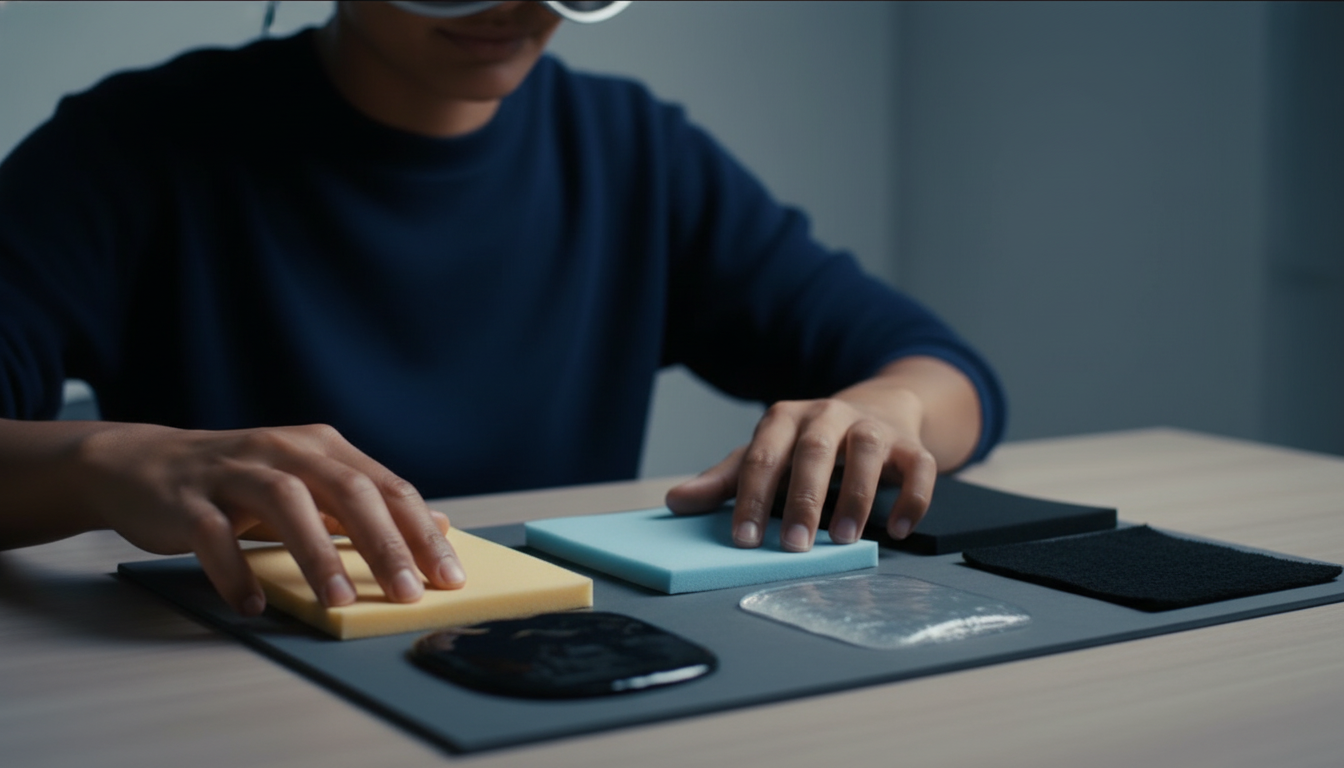
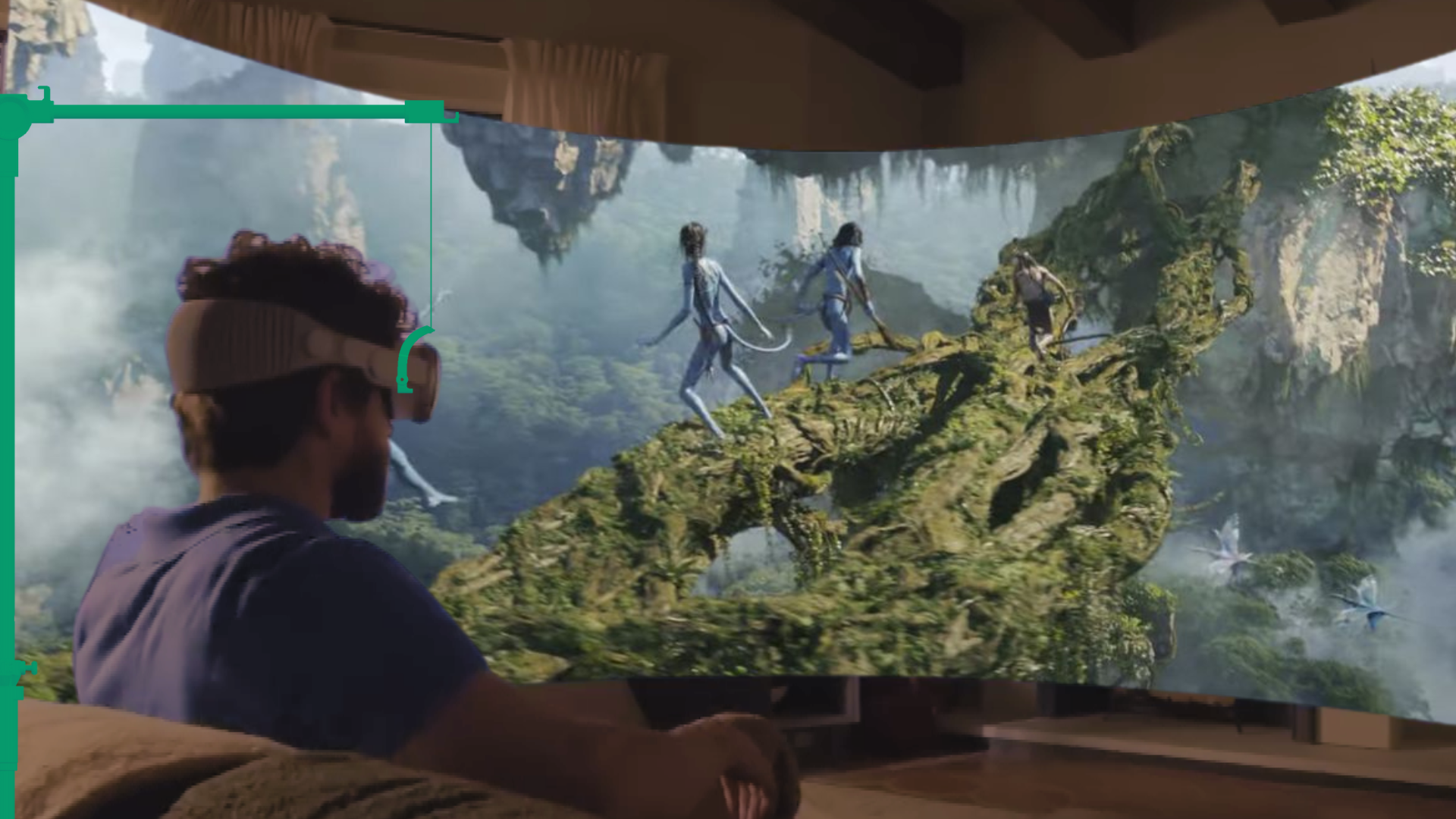

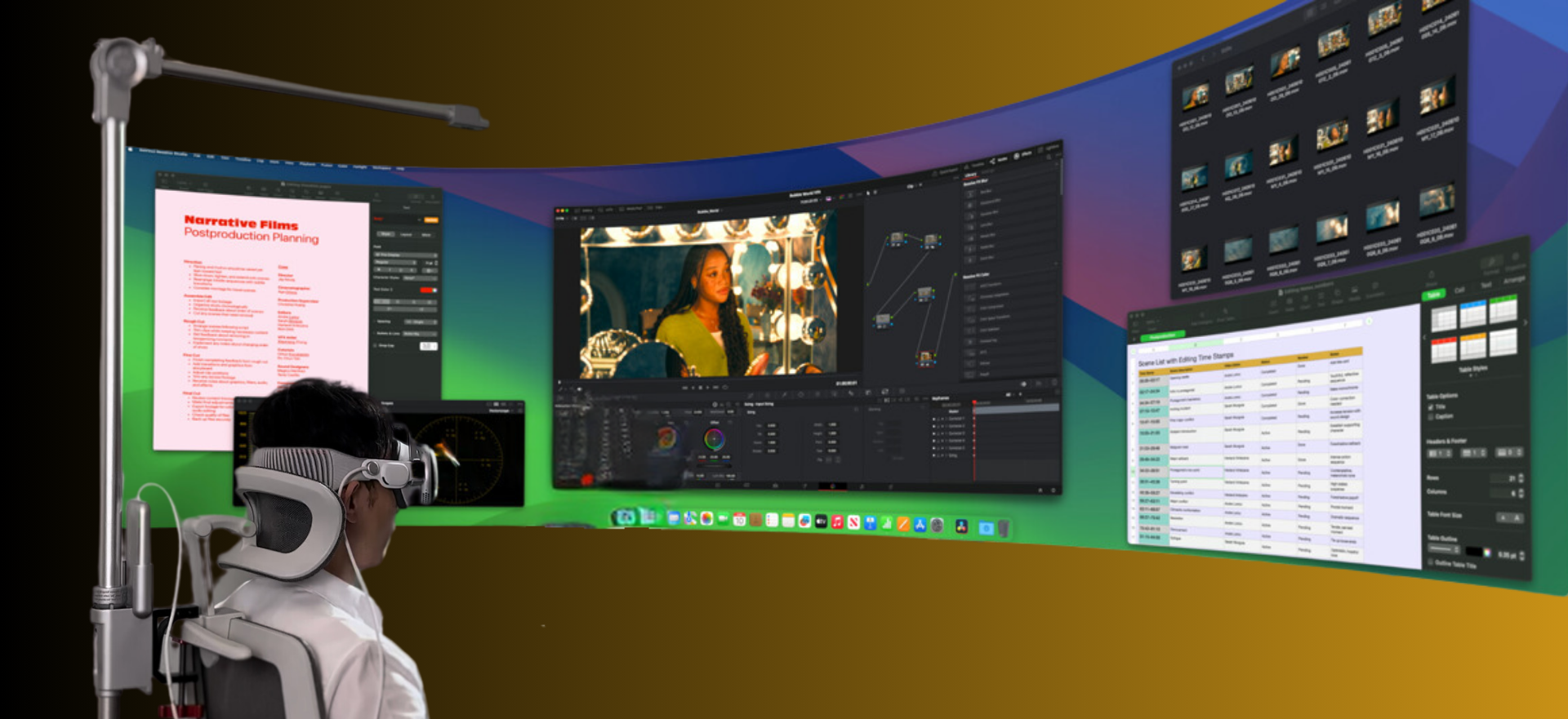
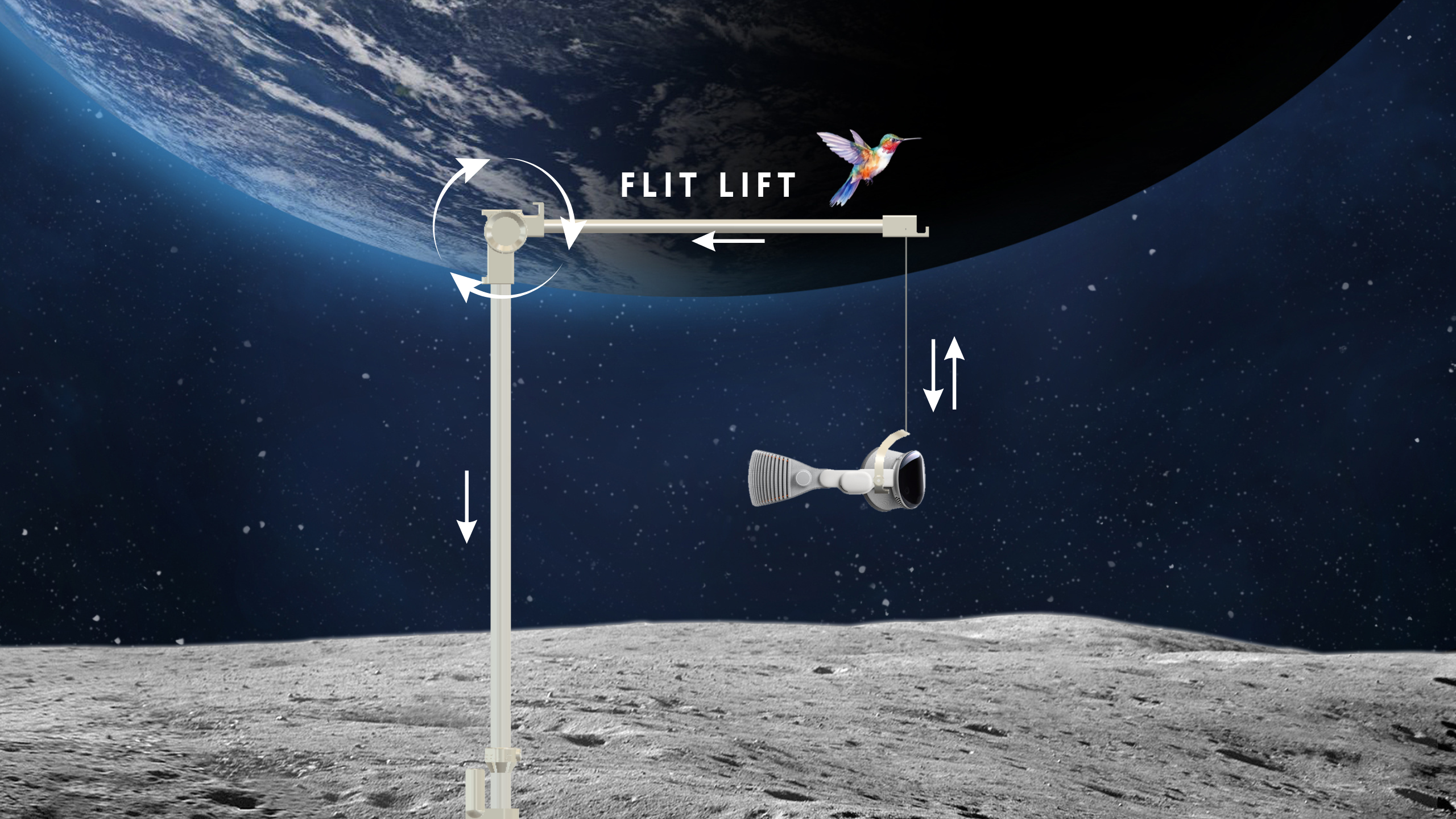
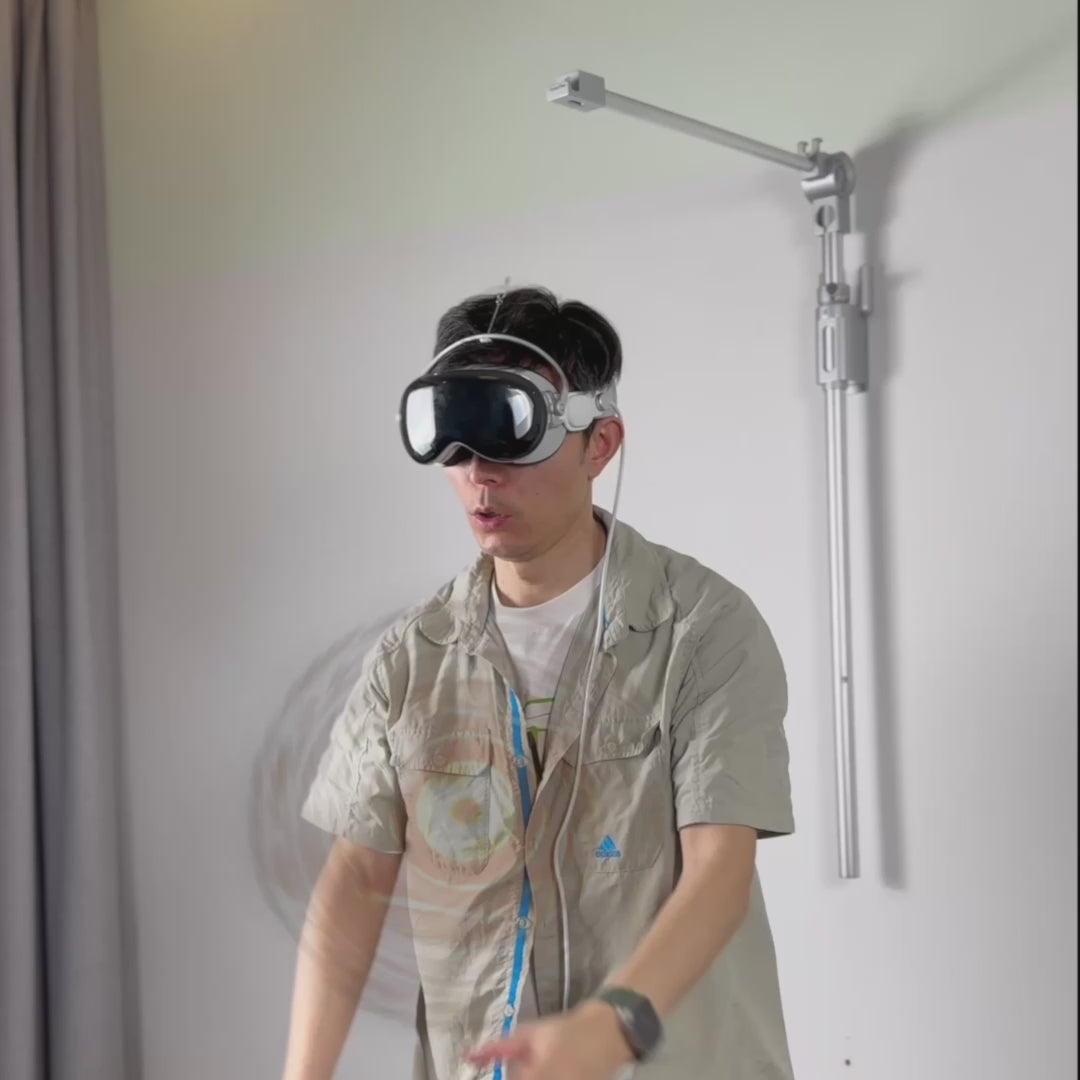
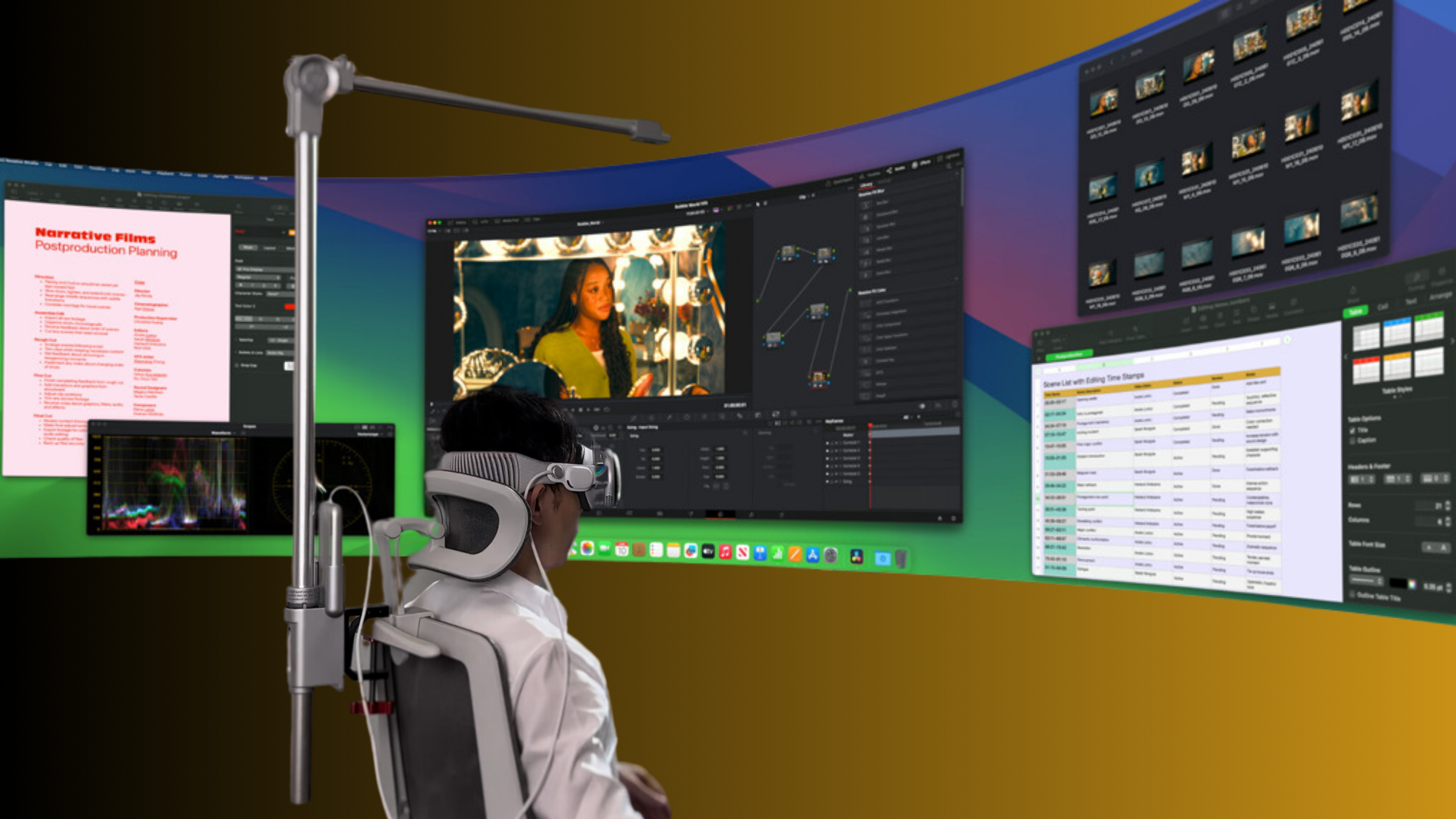

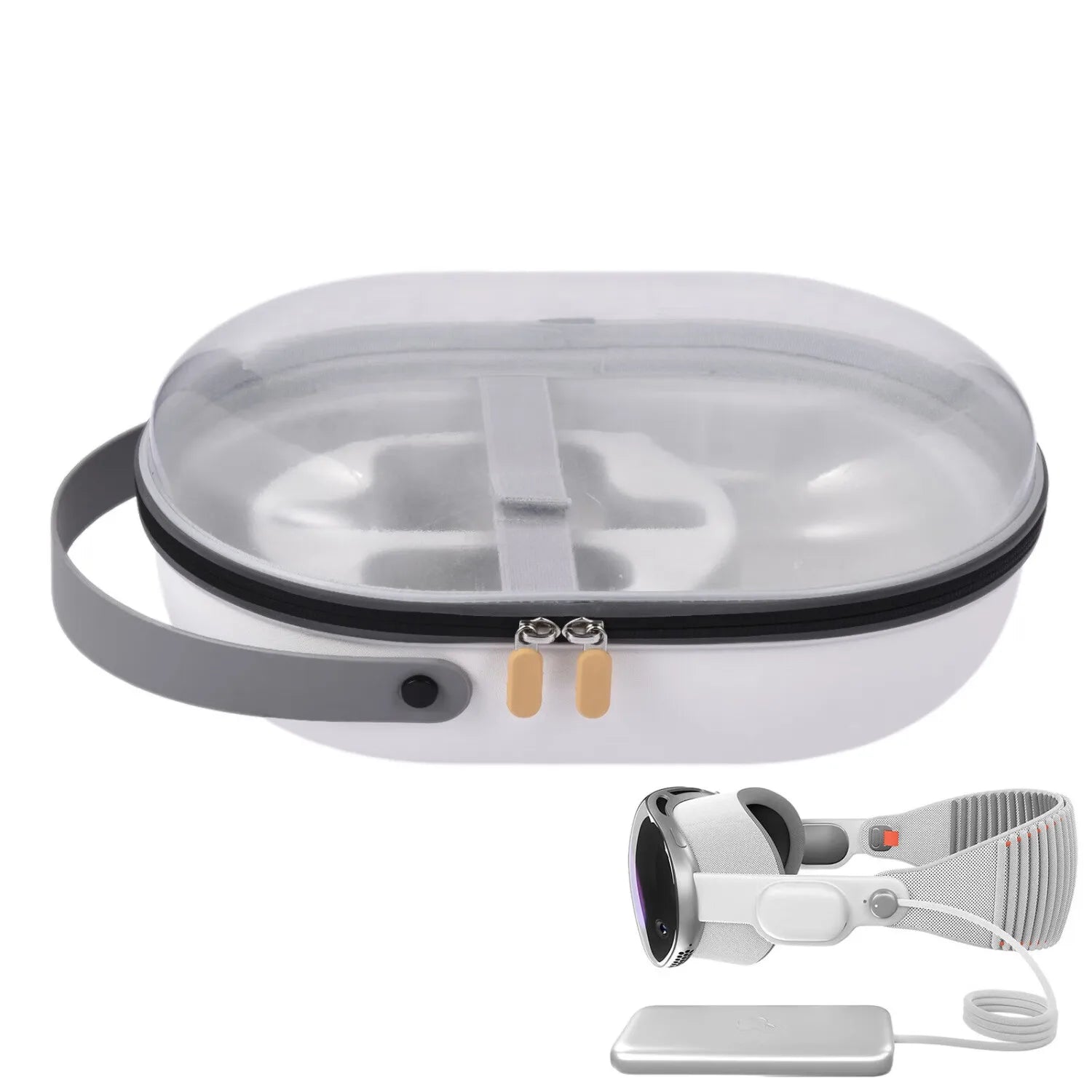
Share:
Weight distribution tips for lighter VR headsets to ease neck load
Safe storage best practices for Vision Pro with a protective case and built in stand